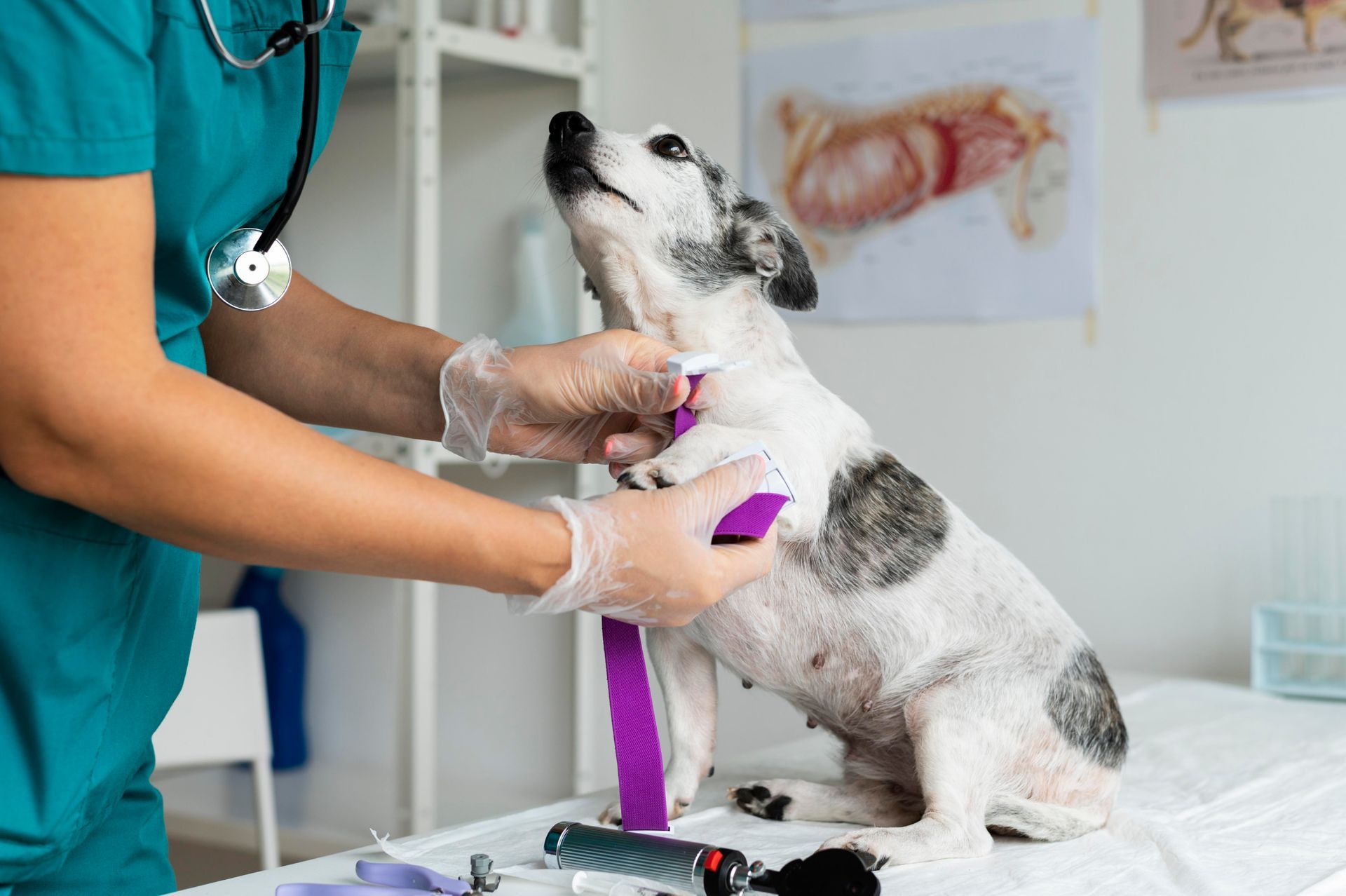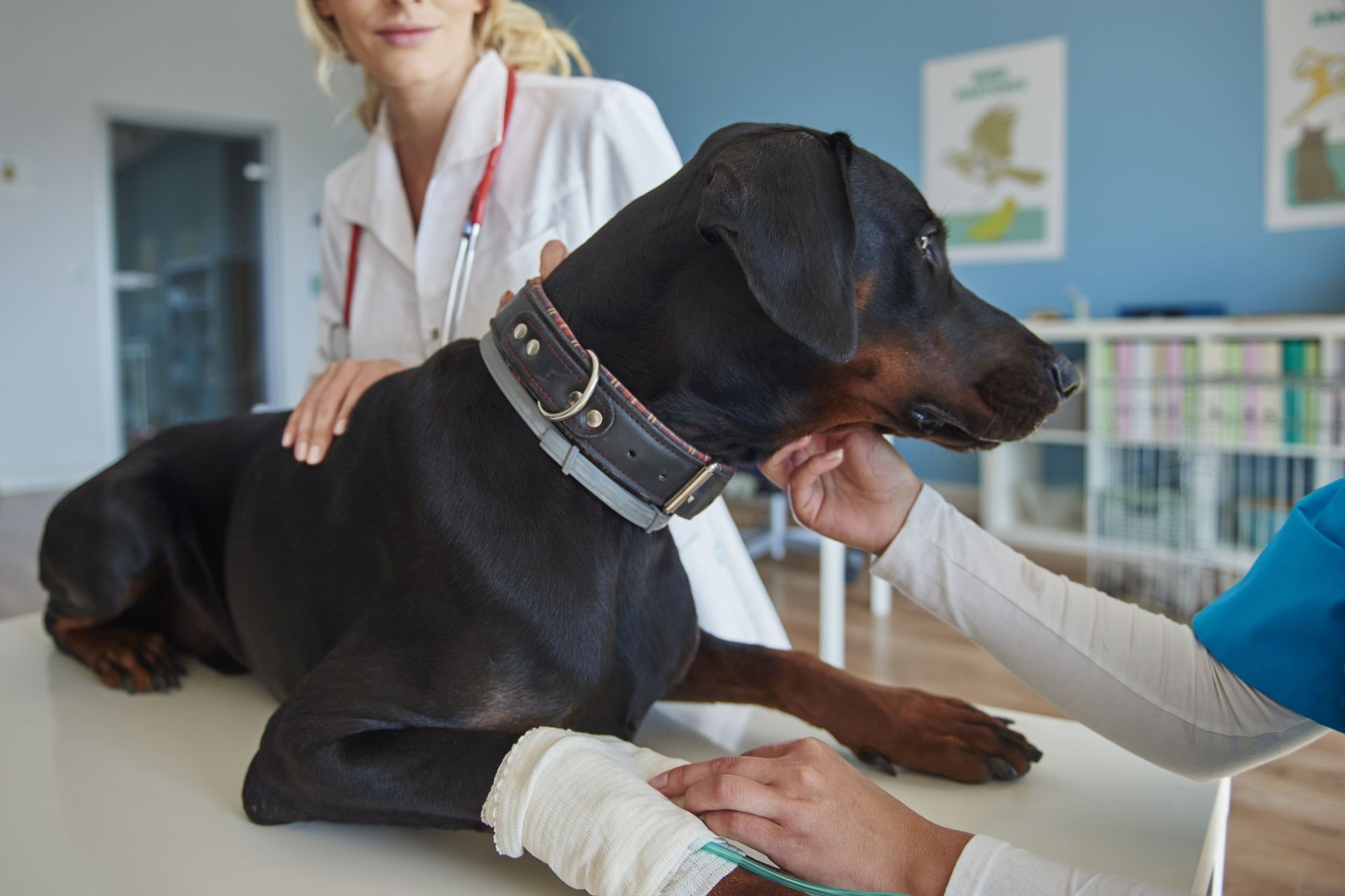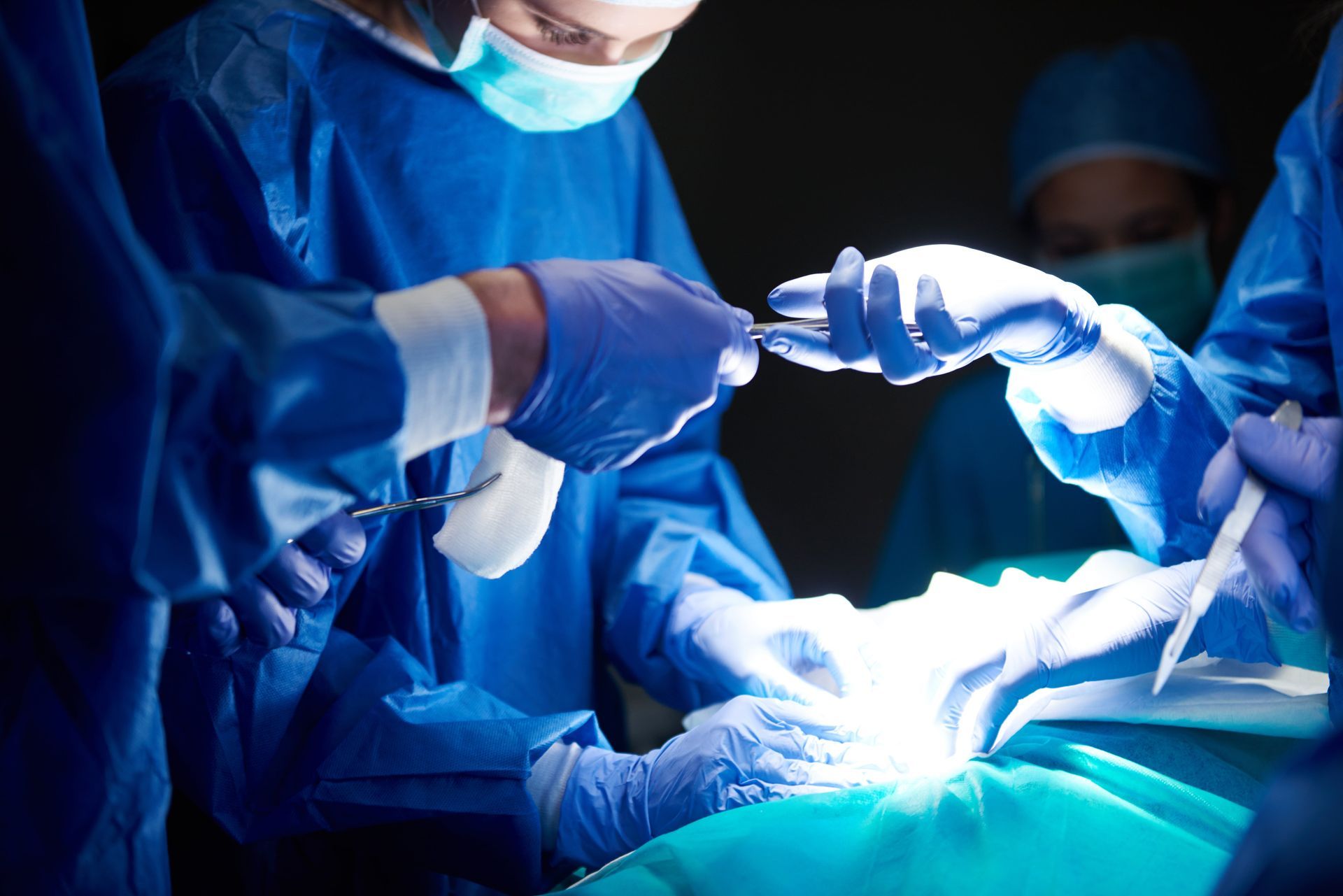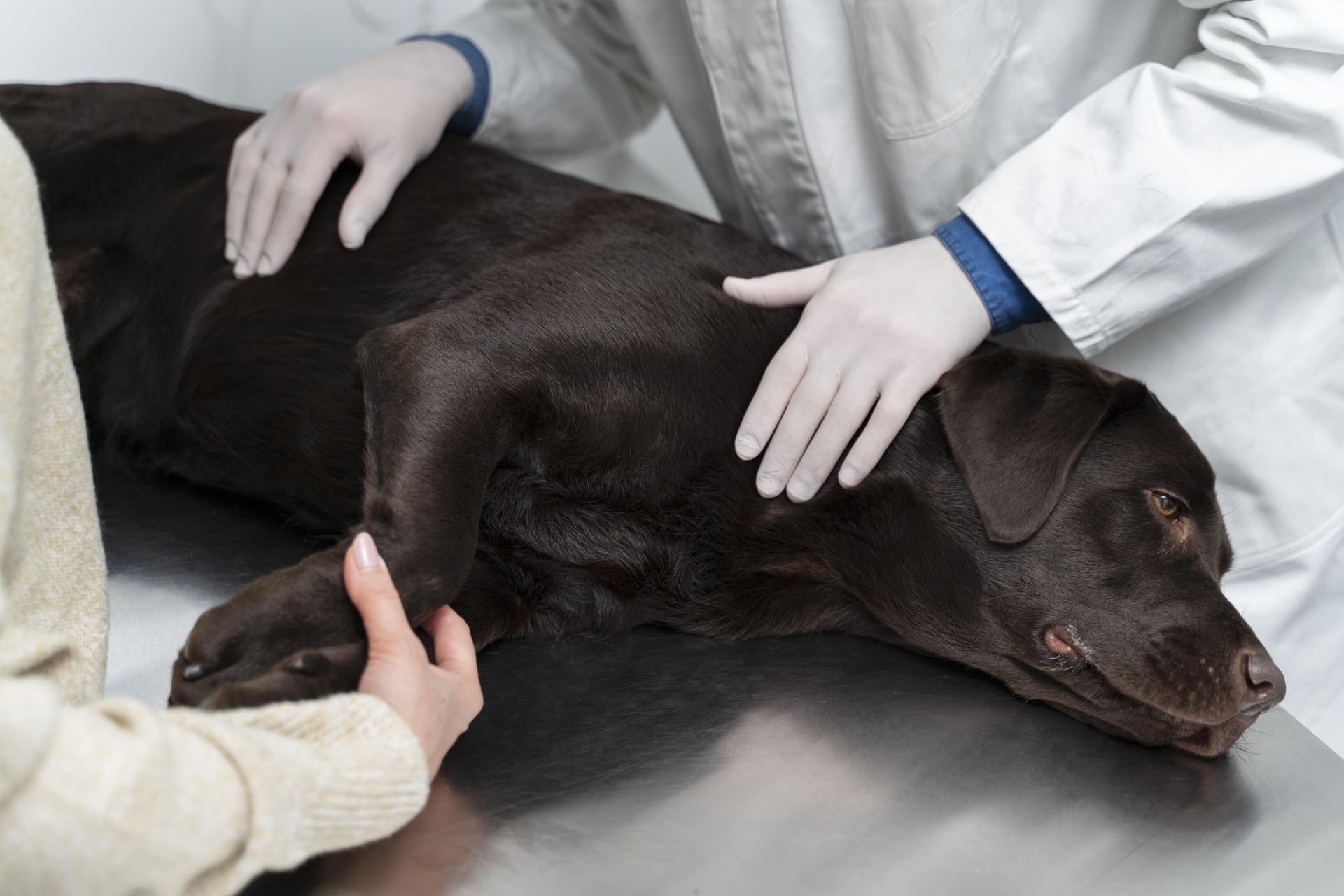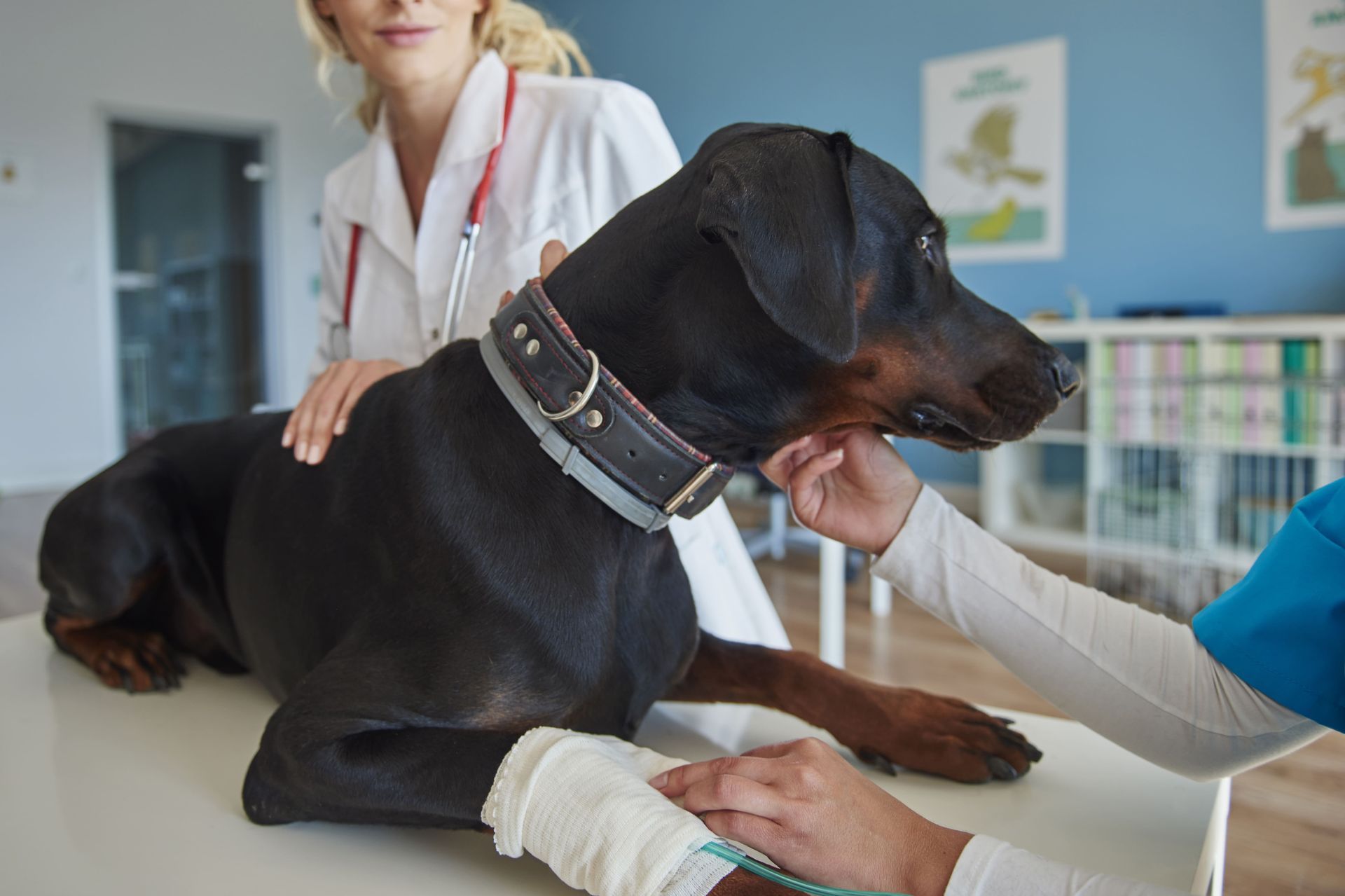Contact Info
133 Lincoln Avenue, Fair Lawn, New Jersey 07410, US
973-427-0990
133 Lincoln Ave, Fair Lawn, NJ 07410
Call Us Now: (973) 427-0990
133 Lincoln Ave, Fair Lawn, NJ 07410
Call Us Now: 973-427-0990
Recovering from ACL surgery can be a challenging time for both cats and their owners. However, with the right care and attention, you can ensure a smooth recovery for your feline friend. In this guide, we'll explore practical tips and insights that will help you navigate the post-surgery process
with ease.
1. Create a Comfortable Recovery Space
Set up a quiet and comfortable area for your cat to rest. Make sure to include soft bedding and minimize noise and disturbance to promote healing. You might want to use a room or enclosed space where your cat feels safe and secure. Creating a space that mimics a familiar area can help alleviate stress. Blankets or cushions that retain warmth are beneficial, comforting your pet as it navigates this challenging time.
In addition to a designated resting area, consider using pheromone diffusers or sprays to create a calming environment for your recuperating cat. Such products mimic natural cat pheromones, which can alleviate stress and encourage peaceful rest. It's also essential to keep the area free from any drafts to ensure your cat remains cozy and warm. Remember, a serene recovery space is crucial for your cat’s emotional and physical well-being—especially after cat ACL surgery, when comfort is key.
2. Monitor Medication and Pain Management
Follow the vet’s instructions on administering medications to ensure effective pain management. Keep a schedule to avoid missed doses. It's helpful to use alarms or reminders to sustain a consistent routine. Also, observe your cat for any side effects of the medication, such as appetite changes or increased lethargy, and communicate these to your vet promptly.
Providing medication can sometimes be tricky, especially if your cat is resistant. Mixing medication with a small amount of your cat’s favorite food can make the process easier. Ensure you have a specific set time for each dose, as this helps your cat become accustomed to the routine, minimizing stress and improving compliance. Always stick to the vet's guidance regarding treatment increments and dosages—this step is critical in managing post-operative pain after cat ACL surgery.
3. Limit Physical Activity
Prevent your cat from engaging in strenuous activities by restricting movement. Consider using a small room or a crate for controlled mobility. This setup helps prevent undue strain on the healing leg. Initially, your cat might find this new restriction frustrating, especially if they are naturally active. To manage this, provide safe, manageable activities like simple puzzle feeders to engage their minds without physical exertion.
When dealing with recovery after cat ACL surgery, it’s crucial to gradually reintroduce physical activity only with your vet’s approval. Once cleared, brief and supervised sessions can be slowly integrated. Introducing short walks or controlled exploration within a room offers a healthy balance of stimulation without risking the healing process. Remember, patience is a virtue during this phase, and slow it down when helping your cat regain its strength.
4. Provide Adequate Nutrition
A balanced diet is crucial during recovery. Consult your vet
about any dietary adjustments or supplements that may be beneficial. Post-surgery, cats have unique nutritional needs to heal properly. Emphasizing protein intake can support muscle repair, while maintaining a healthy weight is crucial to avoid additional stress on the injured leg.
Hydration also plays a pivotal role, impacting recovery speed. Offering a variety of wet foods alongside fresh, clean water can encourage your cat to consume more fluids. Discuss with your vet about supplements rich in omega-3 fatty acids or glucosamine, which may assist in recovery. Such nutrients can aid in reducing inflammation and enhancing joint movement, which is especially useful following cat ACL surgery.
5. Monitor Incision Site
Regularly check the incision site for signs of infection such as redness, swelling, or unusual discharge. Report any concerns to your vet immediately. It's vital to ensure that the incision remains dry and untampered with by the cat. Consider using an Elizabethan collar, or a 'cone,' to prevent any licking or scratching that might disrupt healing.
Beyond just monitoring the visible signs, staying alert for any behavioral changes, such as increased irritability or lethargy, can indicate discomfort or infection. Routine inspection paired with maintaining a clean environment supports safe recovery. If advised by your vet, applying a recommended topical ointment can further aid in healing and protect the area from becoming inflamed or infected. These precautions are especially important in post-op care after cat ACL surgery.
6. Utilize Assistive Devices
Consider using ramps or steps to help your cat navigate around the house, especially if they need to climb onto furniture or navigate stairs. This setup reduces the risk of jumping-related injuries, which are quite common after surgery. Make sure these ramps are stable and secure, ensuring there are no chances of slipping.
Introduce your cat to assistive tools gradually. Positive reinforcement and rewarding your cat when they use these aids can encourage acceptance and independence. For instance, offering a treat or praise when they successfully navigate a short ramp integrates these tools into their daily routine seamlessly. Enhancing your home with these aids safeguards your cat while promoting safe and measured mobility as they heal. These tools are often overlooked but can make a significant difference after cat ACL surgery.
Evaluate the surfaces your cat frequently uses. Slippery floors can be hazardous, so consider placing non-slip mats or carpets to make your home safer. These simple adjustments create an environment conducive to recovery, providing your cat with the necessary support to regain its agility over time.
7. Maintain Regular Vet Check-Ups
Schedule follow-up appointments to ensure the recovery is progressing as expected. Your vet will provide guidance based on your cat’s unique needs, involving potential changes in medication or additional therapies if required. These check-ups are pivotal in identifying early signs of re-injury or complications while confirming that your cat's recovery track is positive.
During visits, always address any concerns or observations with your vet, like behavior changes or appetite shifts, which might indicate underlying issues. Keeping a recovery journal with notes on your cat's daily activities, mood, and food intake can be a useful tool during these appointments. It provides your vet with a detailed insight into your cat’s recovery journey, facilitating more tailored care—especially after something as delicate as cat ACL surgery.
8. Practice Gentle Therapy Exercises
Under your vet’s supervision, engage your cat in gentle therapy exercises to rebuild strength and flexibility once approved. Introducing range-of-motion exercises or controlled movements plays a key role in a successful recovery. Appropriate therapy enables the muscles to maintain their tone and substantially reduces stiffness.
Incorporating play therapy encourages healing over time while keeping your cat positively engaged. Begin with simple activities like light paw movements, enabling natural flexibility without undue strain. Introduce toys that prompt subtle movements and interaction, always under supervision. Such exercises not only ensure physical recovery but also favor mental stimulation, which is equally important following cat ACL surgery.
9. Manage Your Cat’s Anxiety
Provide comfort to alleviate your cat’s anxiety by spending quality time together, offering soothing petting sessions, and maintaining a calm environment. Noticeable anxiety can hinder recovery, so employing comforting measures helps maintain your cat’s mental wellbeing.
Promote relaxation using ambient sounds or calm music, which often creates a tranquil atmosphere, aiding in anxiety reduction. Allow your cat to approach you for interaction, giving them the autonomy they need during the healing phase. Consistent routines and companionship can significantly allay stress, enhancing healing and fostering a sense of security.
10. Ensure Proper Hydration
Keep a fresh supply of water within reach to encourage hydration, which is vital for recovery. Monitor intake to ensure your cat is drinking enough. Dehydration can slow the healing process, so it's essential to encourage regular drinking. If you notice reduced water consumption, consider adding a little low-sodium broth to make it more appealing.
Another strategy is varying the water source, like using a cat water fountain to stimulate interest through movement and sound. Such devices mimic bubbling brooks and may entice cats to drink more frequently. Adequate hydration supports kidney function and aids in flushing out toxins, strongly contributing to a more efficient recuperation period after cat ACL surgery.
Final Words
Recovering from cat ACL surgery requires patience, consistency, and a deep understanding of your cat’s unique needs. From creating a peaceful recovery space to monitoring pain, supporting mobility, and encouraging hydration, every small action adds up to a healthier, happier outcome. With compassion and the right approach, you can transform this difficult journey into a manageable—and even bonding—experience. Your feline companion depends on you, and your care makes all the difference.
FAQs
1. How long does recovery from cat ACL surgery typically take?
Recovery usually takes between 8 to 12 weeks, depending on the cat’s age, health, and how closely post-op care instructions are followed.
2. Can my cat go outside during ACL recovery?
It’s best to keep your cat indoors during recovery to prevent uncontrolled activity and reduce the risk of re-injury.
3. What signs of complications should I look for after cat ACL surgery?
Watch for swelling, discharge, excessive licking, loss of appetite, or behavioral changes. Contact your vet immediately if you notice these.
4. When can physical therapy begin after cat ACL surgery?
Physical therapy should only begin with your vet’s approval—typically a few weeks post-surgery, once the incision has healed and inflammation has subsided.
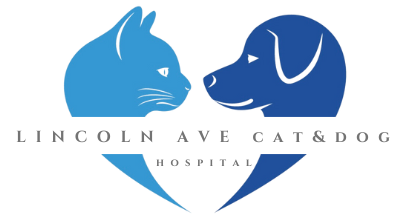
The Lincoln Avenue Cat & Dog Hospital was founded in 1984, quickly emerging as a regional leader in treating felines exclusively.
Quick Links
Contact Info
133 Lincoln Avenue, Fair Lawn, New Jersey 07410, US
973-427-0990

Quick Links
Contact Info
133 Lincoln Avenue, Fair Lawn, New Jersey 07410, US
(973) 427-0990
Fax: (973) 427-0990
© 2025
All Rights Reserved | Lincoln Ave Cat & Dog Hospital
New Paragraph
PAYMENT POLICY
Please note that there is a 3.5% processing fee applied to all credit card payments. If you wish to not incur this fee we will accept a debit card or cash. We apologize for any inconvenience.


